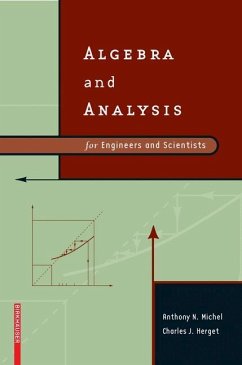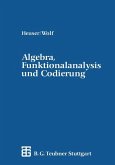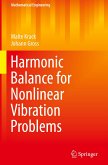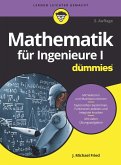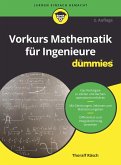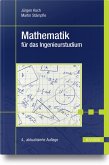This book evolved from a one-year sequence of courses offered by the authors at Iowa State University. The audience for this book typically included theoreti cally oriented first- or second-year graduate students in various engineering or science disciplines. Subsequently, while serving as Chair of the Department of Electrical Engineering, and later, as Dean of the College of Engineering at the University of Notre Dame, the first author continued using this book in courses aimed primarily at graduate students in control systems. Since administrative demands precluded the possibility of regularly scheduled classes, the Socratic method was used in guiding students in self study. This method of course deliv ery turned out to be very effective and satisfying to student and teacher alike. Feedback from colleagues and students suggests that this book has been used in a similar manner elsewhere. The original objectives in writing this book were to provide the reader with ap propriate mathematical background for graduate study in engineering or science; to provide the reader with appropriate prerequisites for more advanced subjects in mathematics; to allow the student in engineering or science to become famil iar with a great deal of pertinent mathematics in a rapid and efficient manner without sacrificing rigor; to give the reader a unified overview of applicable mathematics, thus enabling him or her to choose additional courses in math ematics more intelligently; and to make it possible for the student to understand
"This book is a useful compendium of the mathematics of (mostly) finite-dimensional linear vector spaces (plus two final chapters on infinite-dimensional spaces), which do find increasing application in many branches of engineering and science.... The treatment is thorough; the book will certainly serve as a valuable reference." -American Scientist
"The authors present topics in algebra and analysis for students in engineering and science..... Each chapter is organized to include a brief overview, detailed topical discussions and references for further study. Notes about the references guide the student to collateral reading. Theorems, definitions, and corollaries are illustrated with examples. The student is encouraged to prove some theorems and corollaries as models for proving others in exercises. In most chapters, the authors discuss constructs used to illustrate examples of applications. Discussions are tied together by frequent, well written notes. The tables and index are good. The type faces are nicely chosen. The text should prepare a student well in mathematical matters." -Science Books and Films
"This is an intermediate level text, with exercises, whose avowed purpose is to provide the science and engineering graduate student with an appropriate modern mathematical (analysis and algebra) background in a succinct, but not trivial, manner. After some fundamentals, algebraic structures are introduced followed by linear spaces, matrices, metric spaces, normed and inner product spaces and linear operators.... While one can quarrel with the choice of specific topics and the omission of others, the book is quite thorough and can serve as a text, for self-study, or as a reference." -Mathematical Reviews
"The authors designed a typical work from graduate mathematical lectures: formal definitions, theorems, corollaries,proofs, examples, and exercises. It is to be noted that problems to challenge students' comprehension are interspersed throughout each chapter rather than at the end." -CHOICE
"The authors present topics in algebra and analysis for students in engineering and science..... Each chapter is organized to include a brief overview, detailed topical discussions and references for further study. Notes about the references guide the student to collateral reading. Theorems, definitions, and corollaries are illustrated with examples. The student is encouraged to prove some theorems and corollaries as models for proving others in exercises. In most chapters, the authors discuss constructs used to illustrate examples of applications. Discussions are tied together by frequent, well written notes. The tables and index are good. The type faces are nicely chosen. The text should prepare a student well in mathematical matters." -Science Books and Films
"This is an intermediate level text, with exercises, whose avowed purpose is to provide the science and engineering graduate student with an appropriate modern mathematical (analysis and algebra) background in a succinct, but not trivial, manner. After some fundamentals, algebraic structures are introduced followed by linear spaces, matrices, metric spaces, normed and inner product spaces and linear operators.... While one can quarrel with the choice of specific topics and the omission of others, the book is quite thorough and can serve as a text, for self-study, or as a reference." -Mathematical Reviews
"The authors designed a typical work from graduate mathematical lectures: formal definitions, theorems, corollaries,proofs, examples, and exercises. It is to be noted that problems to challenge students' comprehension are interspersed throughout each chapter rather than at the end." -CHOICE

